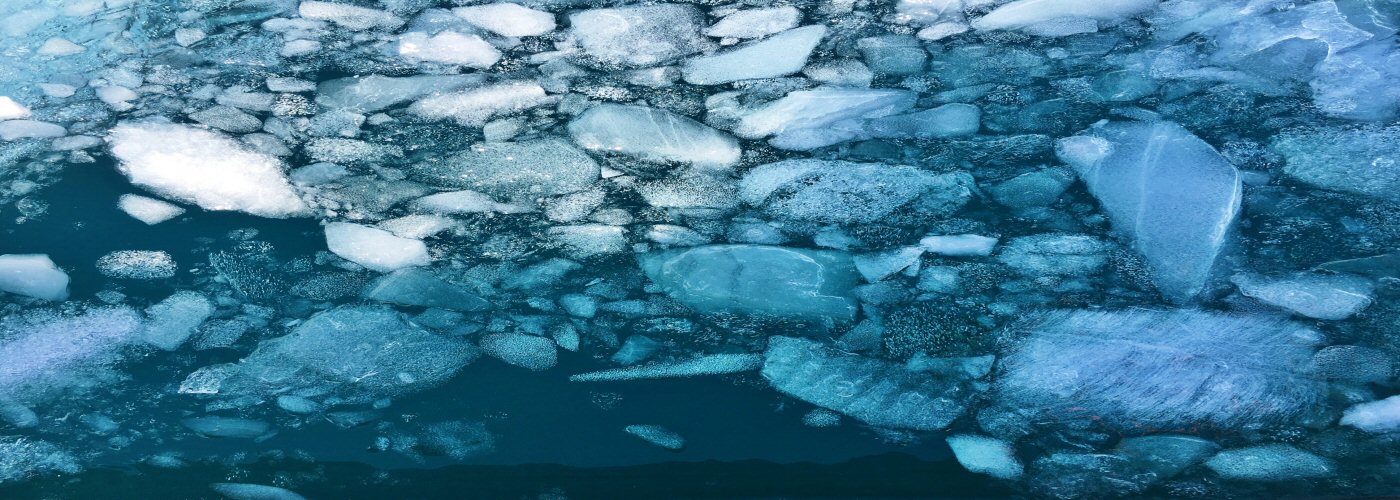

NOAA has published its annual Arctic Report Card and sadly it was not a good one. This is the 15th year of NOAA's report card and it reports on the northern polar environment and how it has been deteriorating over the years due to the warming of temperatures globally.
From October 2019 to September 2020 was the second warmest year in the 120 years of temperature recording in the Arctic! Sadly, the last 6 consecutive years have all recorded the Arctic's hottest temperatures. Over the last 10 years alone, the Arctic saw its air temperature 1 degree or higher compared to the average over the last 30 years! An unusually warm spring last year led to the lowest June snow extent ever observed in Siberia in the last 54 years! An increase in temperature across the Arctic reduces the chances of snow and precipitation, causing for more wildfires. This in the long run affects the climate overall.
Sadly, less snow was not the only concerning thing of 2020, we also made less ice. This year saw the second-lowest in ice formation. With less ice forming, more solar radiation is absorbed into the earth than reflected into space, therefore also helping to increase the temperature overall of the Earth.
“For 15 years, the Arctic Report Card has helped NOAA fulfil its mission of providing the scientific information our nation needs to better understand how climate change is affecting the Arctic and weather around the globe,” stated retired Navy Rear Adm. Timothy Gallaudet, Ph.D., deputy undersecretary of commerce for oceans and atmosphere at NOAA. “Our ability to meet the challenges and opportunities of an Arctic region in transition depends on how well we can observe and predict the pace and scale of these changes," he goes onto mention.